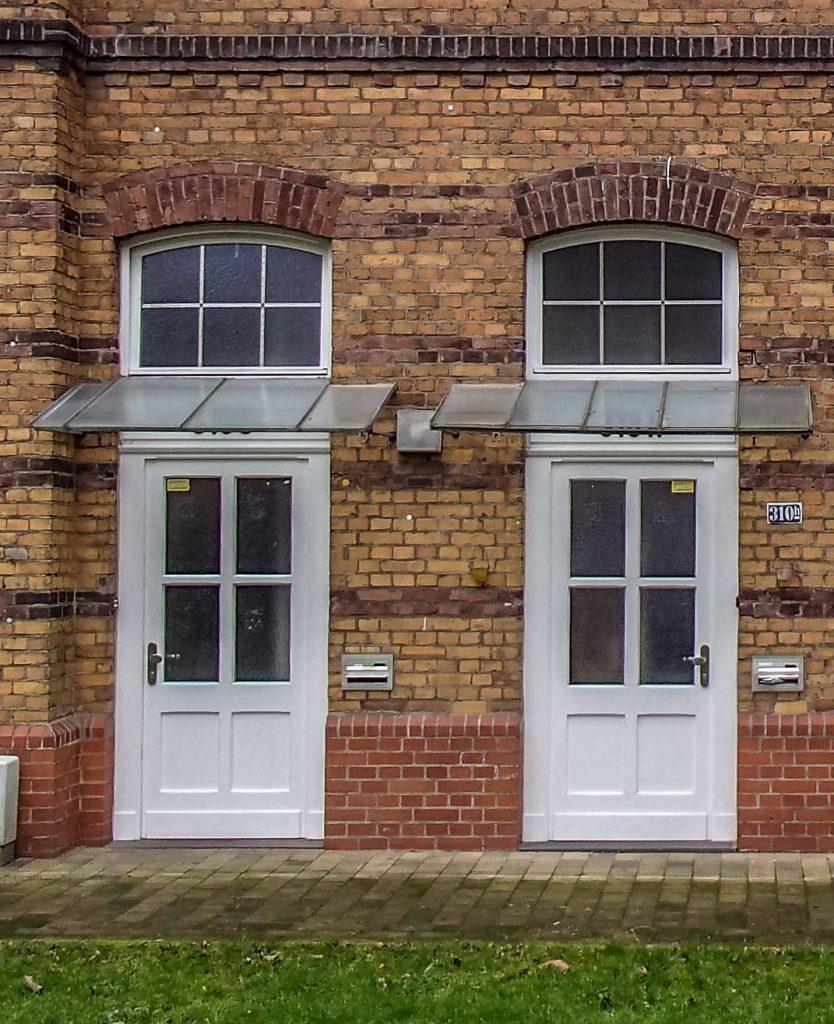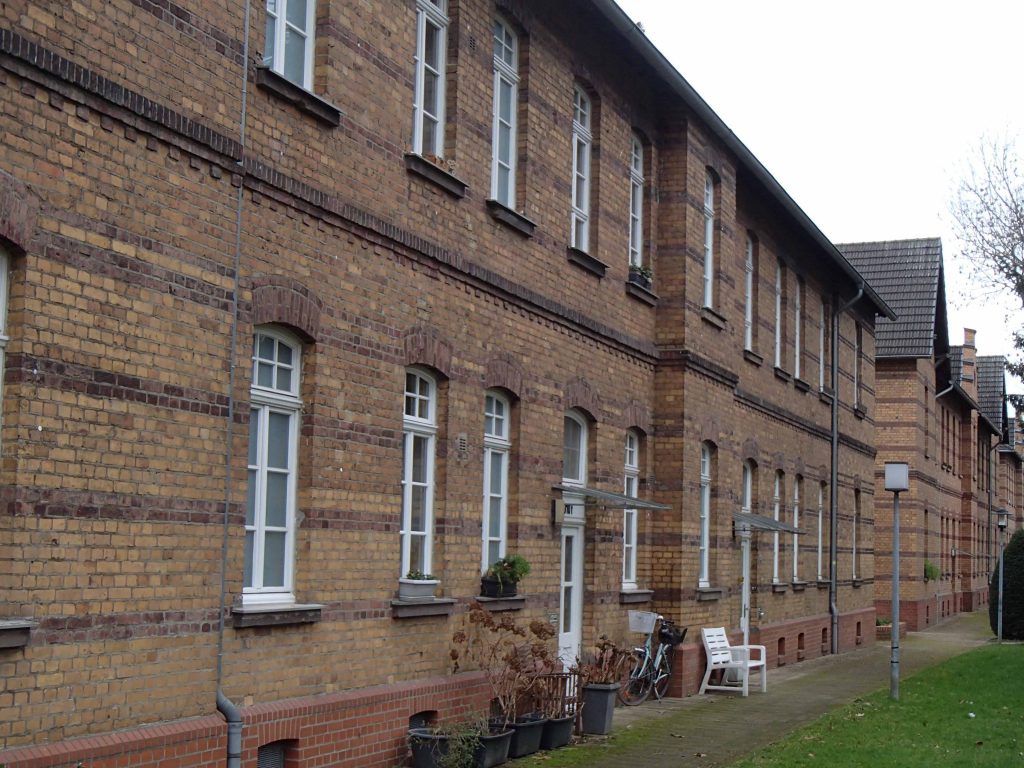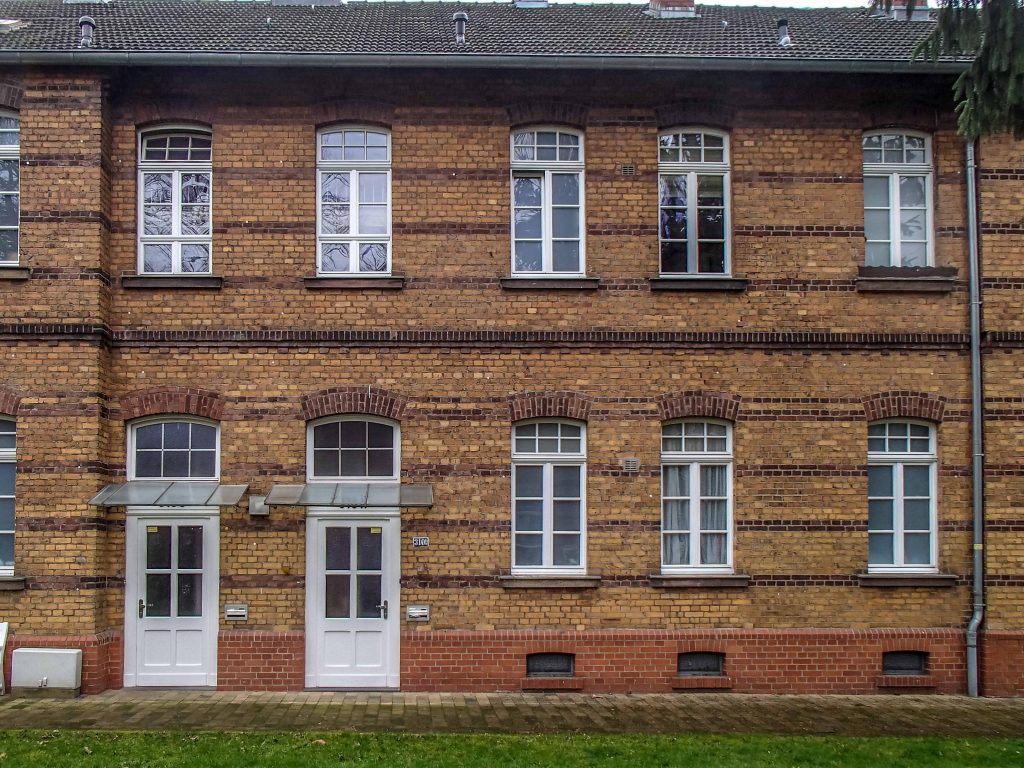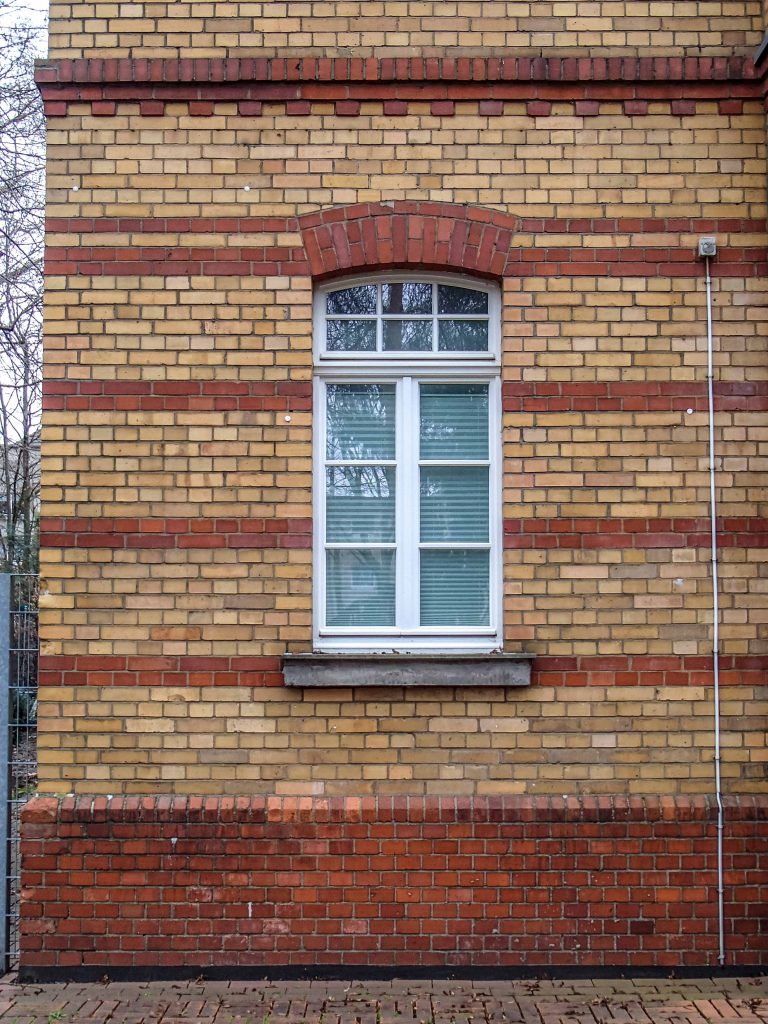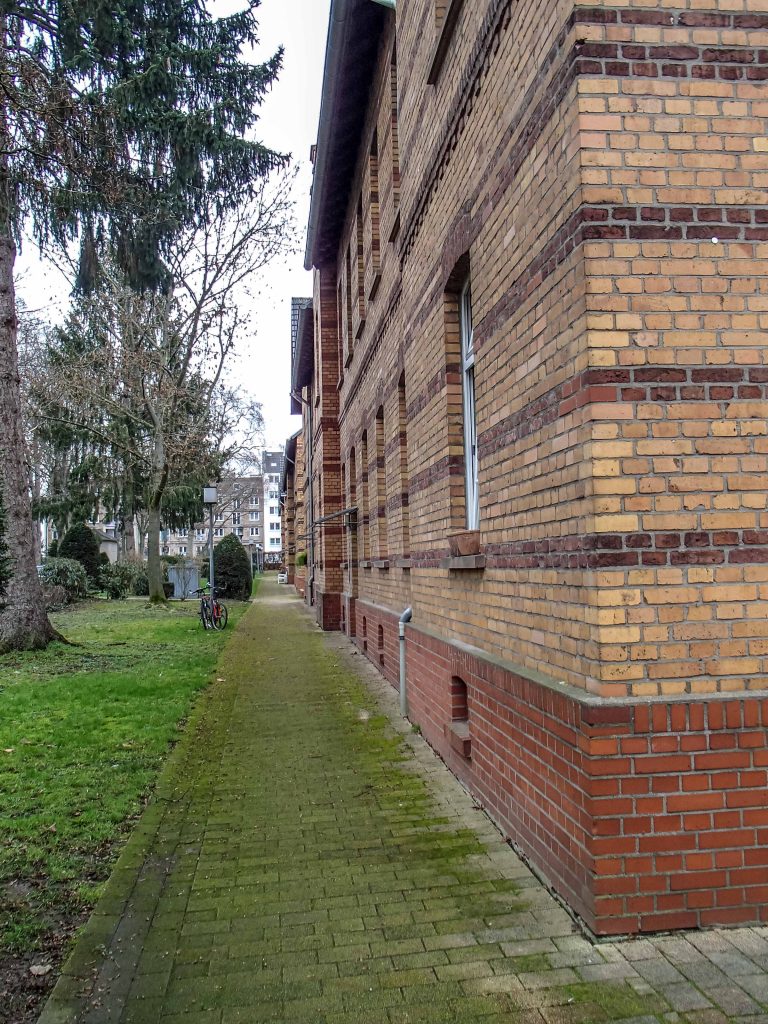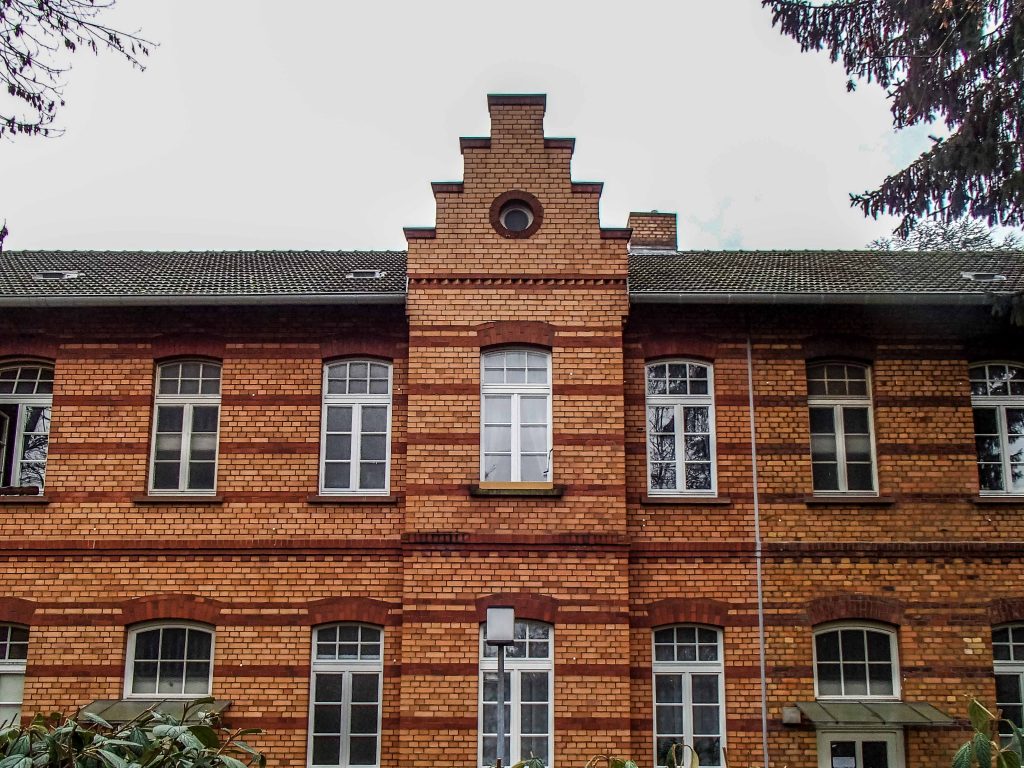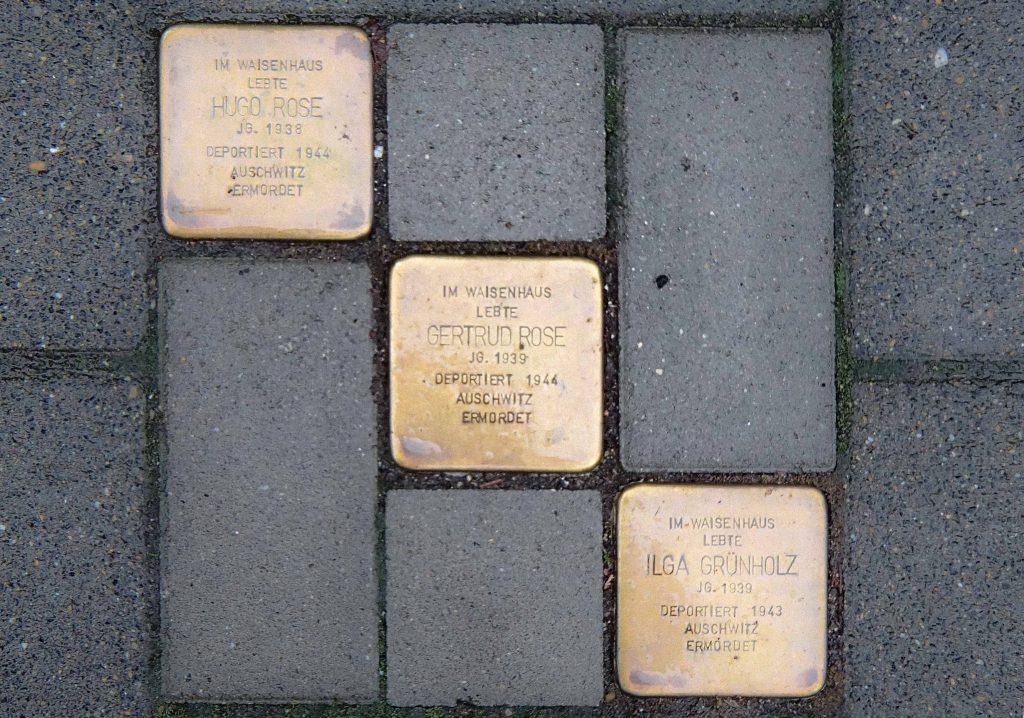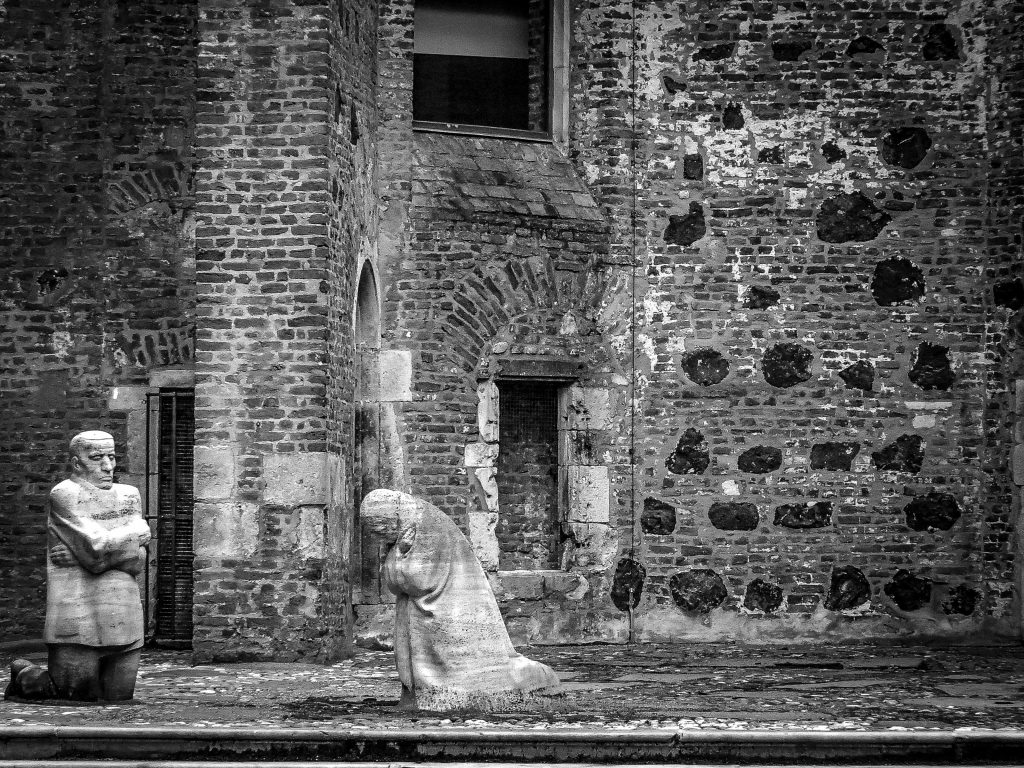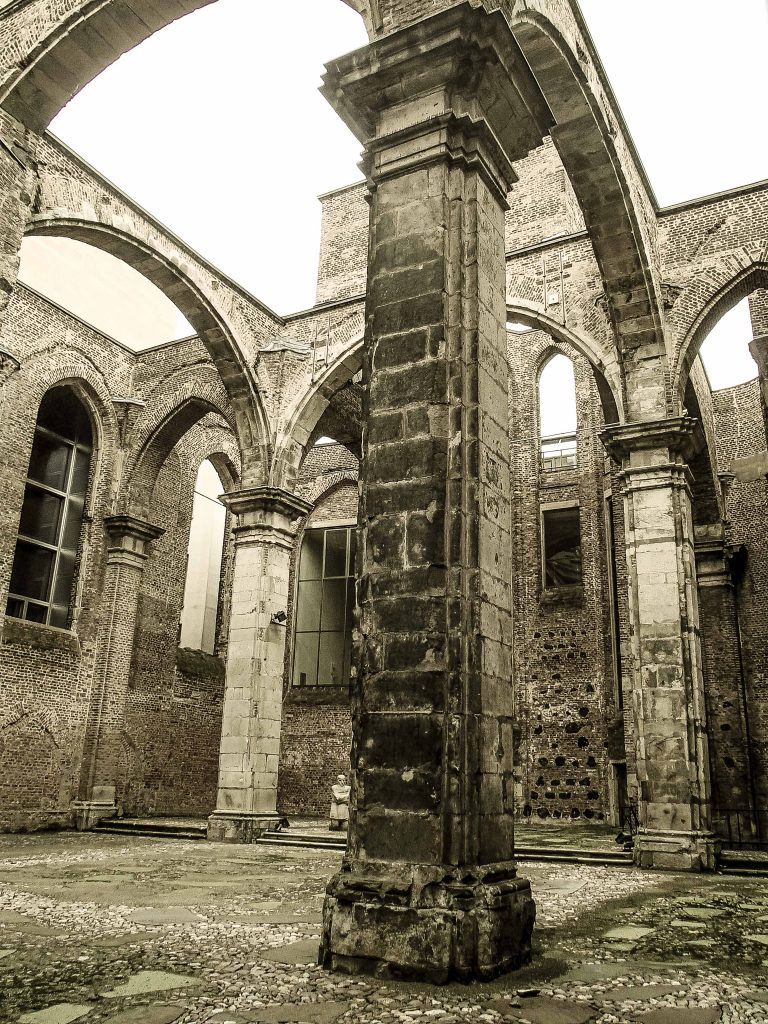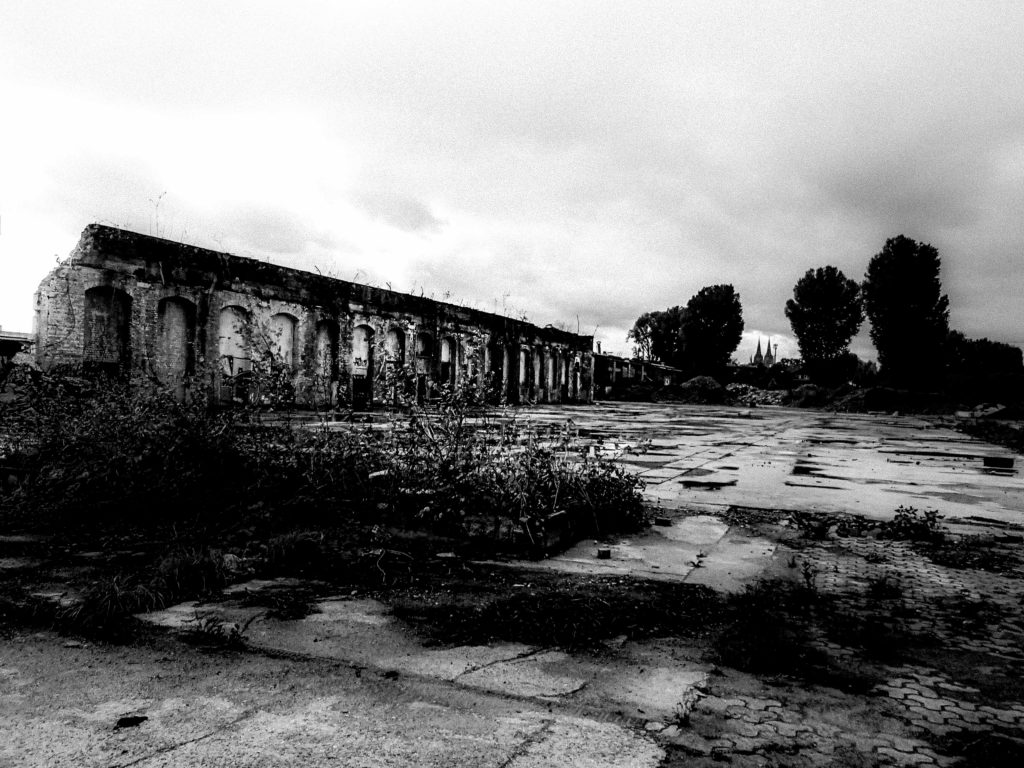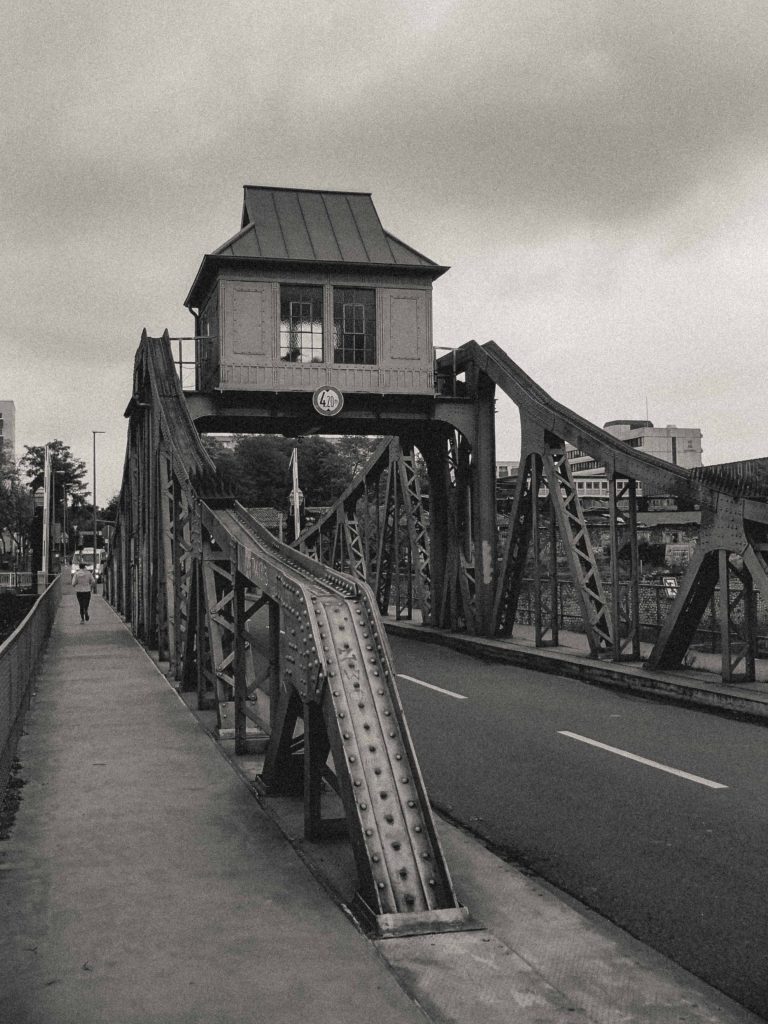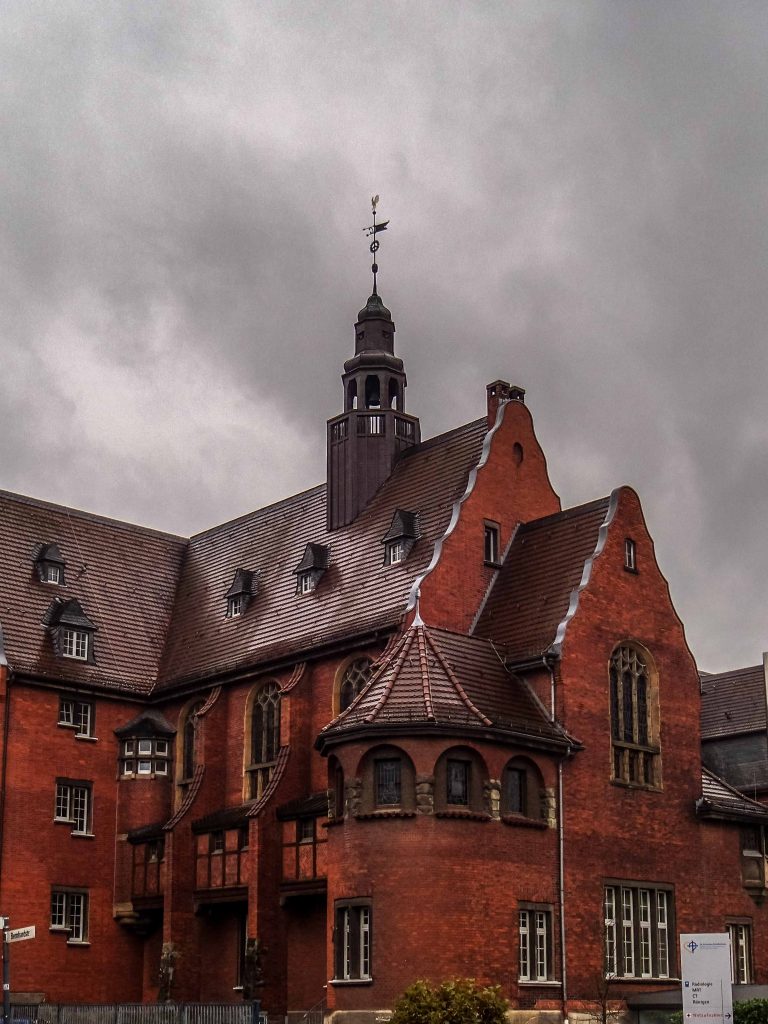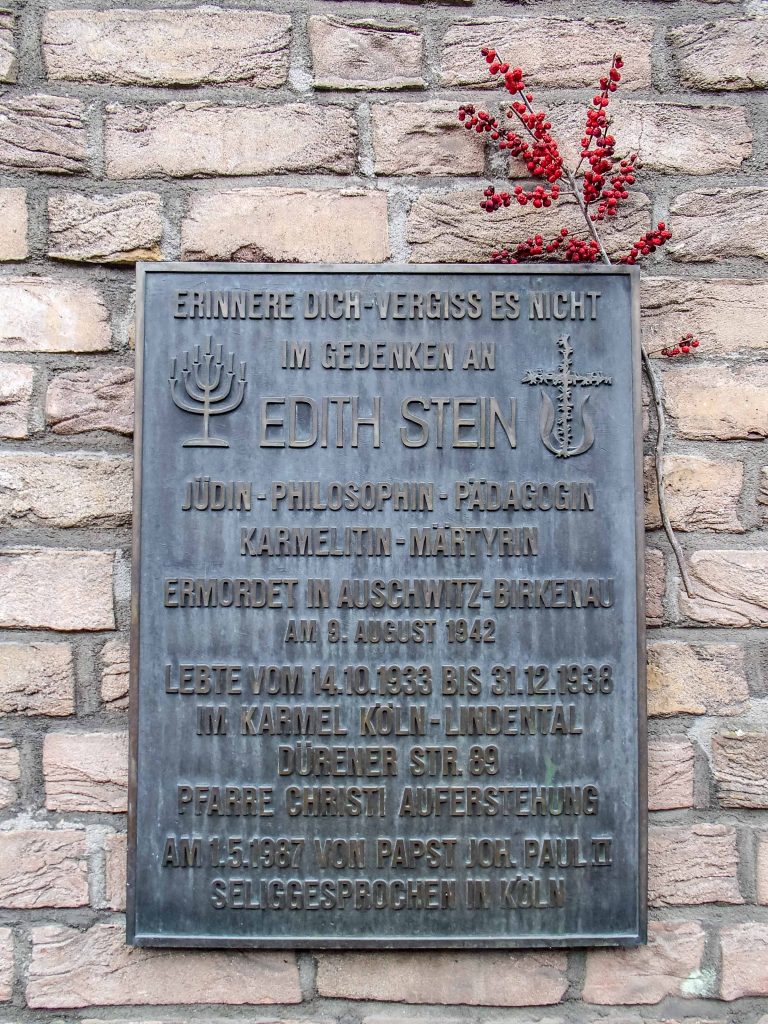
Single Shot
Medieval Miracle
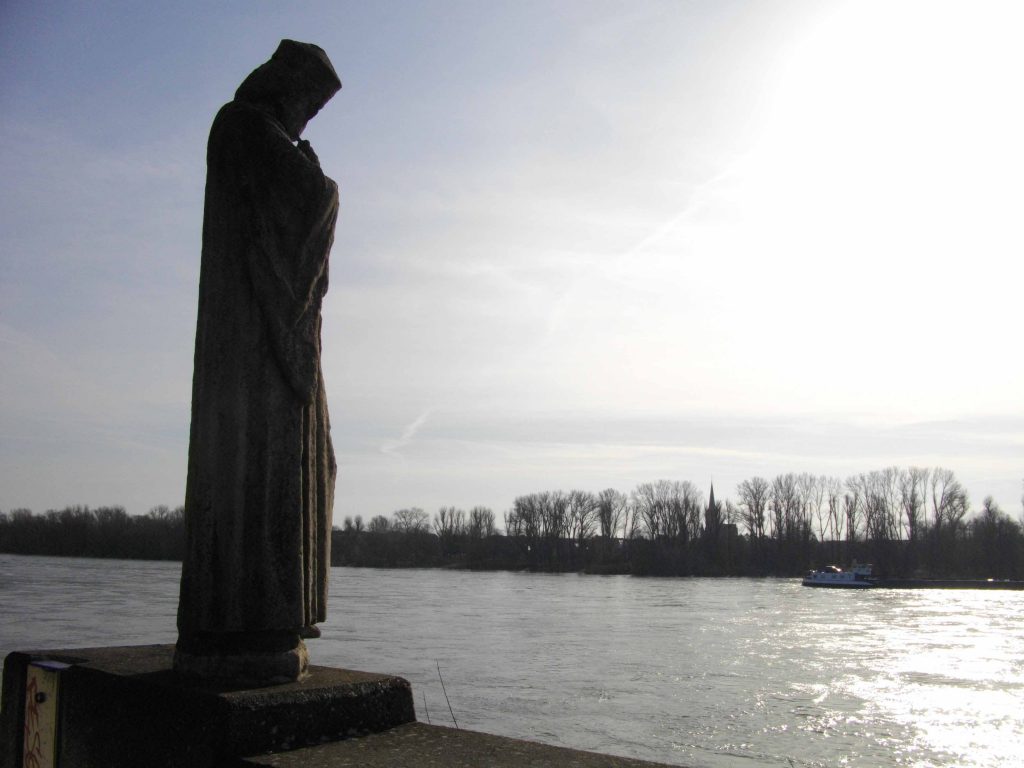

You easily walk past this tiny chapel on the outskirts of Cologne. It is close to the river, yet obscured by small brick houses that were built in the 1800s. They are often designated as fishermen’s houses although not all of them were inhabited by fishermen and their families. The first mention of this chapel dates back to 1433.


It was destroyed during the bombardments of the Second World War and reconstructed in the 1960s. Its patron saint is St. George. Just like its bigger brother, the St. George church a few hundred yards upriver, the chapel’s history is bound up with the proximity of the river.

Nowadays, the small chapel is seldom used for worship these days and often the door is closed for security reasons as vandalism and theft happens. You have to be fortunate to discover the impressive interior.

Wooden beams hold the roof. Frescoes tell the story of the bible. Sculptures evoke the dangerous work of those living by and through the river. An anchor leans on the wall.








Sugar for my workers. The working-class colony Wilhelmsruh
In the 1800s, forward-thinking industrialists provided for their workers: Housing estates were a priority. Under Reich Chancellor Bismarck, social legislation took the edge off capitalism and offered laborers a stake in society. Unemployment insurance, health care and other measures took the wind out of the sails of radical agitators. Reform, not revolution. If you house your proletarians and offer them a healthy living environment away from urban slums, they will repay you in loyalty.
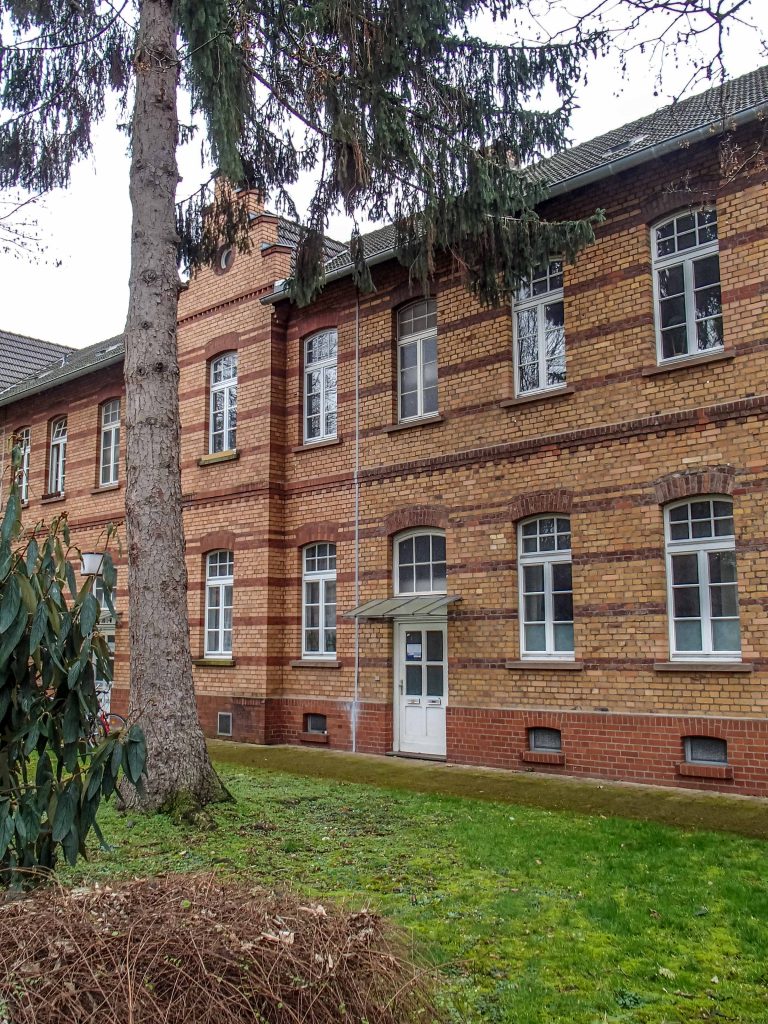
Traces of these kind of measures can be seen in many German cities and towns. In this case, the colony “Wilhelmsruh” was the result of a personal tragedy. University of Bonn Geology professor Gerhard vom Rath had lost all three of his sons. As a scion of a family of sugar barons, Professor vom Rath established a foundation for his adoptive children: the employees of the local sugar company. Started in 1888, the architects planned for spacious apartments with a little garden and plenty of fresh air and greenery between the brick buildings. Design elements include multi-colored facades and large windows. In adjacent streets, the upper management lived in separate housing, and the top brass had even bigger villas across the major thoroughfare. Clearly, the company provided for its employees, and regardless of your position within the company, you felt that the employer and the neighborhood deserved your loyalty.
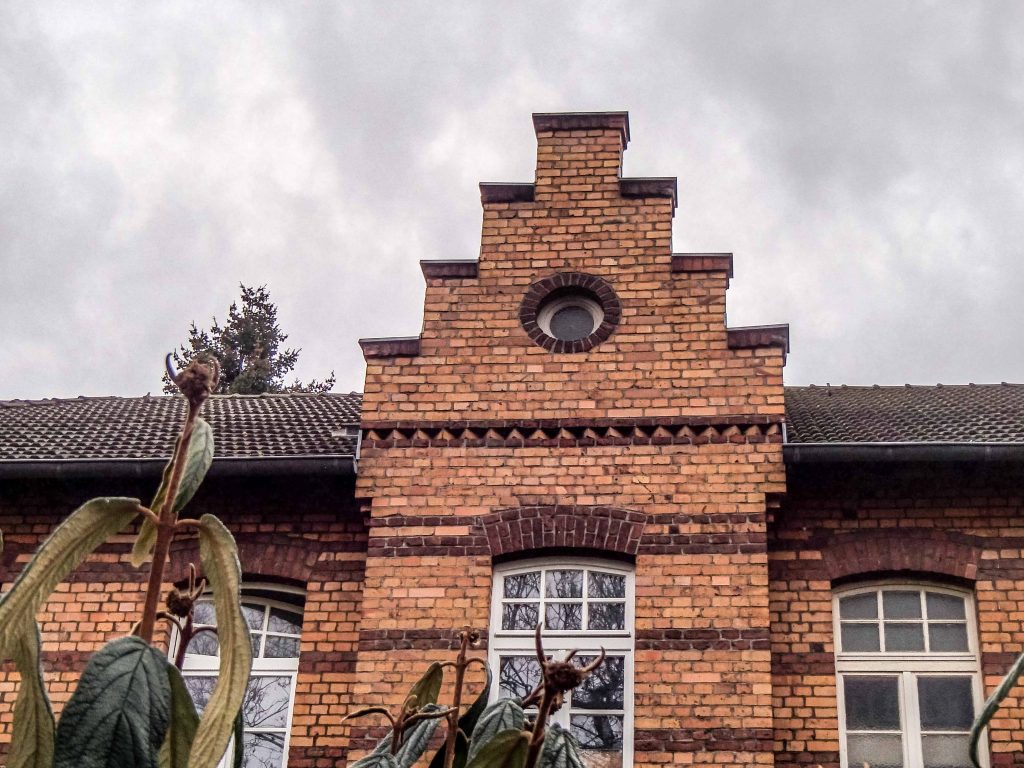
Curiously, the chosen name “Wilhelmsruh” (Wilhelm’s Rest) alluded to Kaiser Wilhelm I., who died in the same year the project was begun. None of the Hohenzollern family could be portrayed as a great supporter of the working class, and Wilhelm I. signed off on Bismarck’s nasty anti-Socialist laws. On the other hand, the name rings true – many of the workers felt patriotic and desired respectability and status, just like their neighbors. Living in this working class colony was much better than living in crammed quarters. Progress was possible, even under the Prussians.
